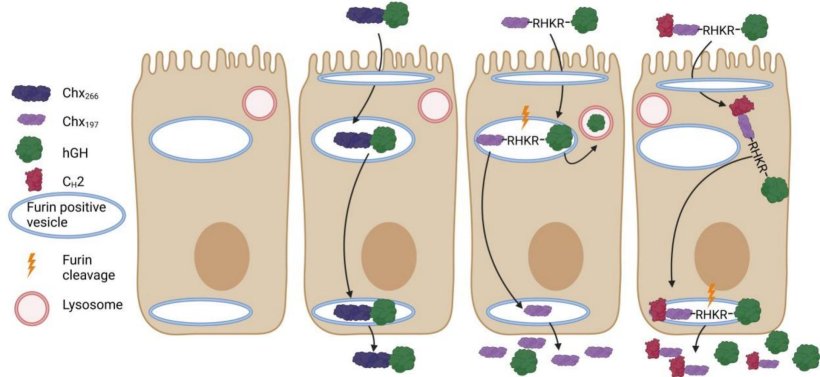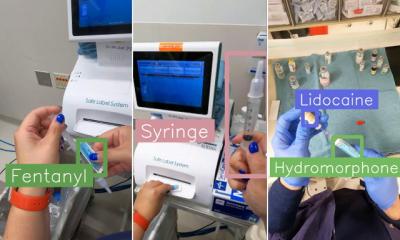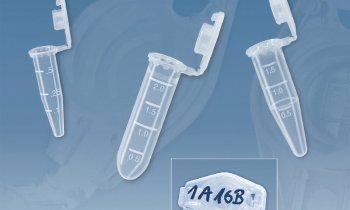
© 5ph – stock.adobe.com
News • Goodbye to the needle
Replace injections with pills? New technology could make it happen
Researchers at the University of Bath have developed a new technology that, for many patients could make injections a thing of the past. The new system could be used in the future for a range of treatments including growth hormone, immunotherapy cancer treatments, and diabetes and weight management treatments such as Wegovy and Ozempic.
Whilst many medications can be taken as pills, drugs that are made of protein such as antibodies, certain hormones and other peptides (small proteins) can’t be taken orally because they would be digested in the stomach, so currently the only way to take them is via an injection. This is often painful, unpleasant and inconvenient for patients, meaning they sometimes miss doses, especially if they have long-term chronic medical conditions.
Now, scientists at the University of Bath have developed a system that can transport therapeutic proteins across the gut wall and into the bloodstream, enabling these medications to be taken as a pill. Professor Randy Mrsny, from the University of Bath’s Department of Life Sciences, led the study, published in the Journal of Controlled Release.
This has the potential to transform the lives of patients who currently have to inject themselves daily
Randall Mrsny
He said: “Whilst it’s not the first system to replace injections, ours is the first platform to work safely and consistently, delivering the drug at effective doses and using a well understood pathway. Once it’s been developed into a pill, our system would be more convenient for patients than injections, meaning no more needles.”
The system works by mimicking a natural mechanism used by bacteria that inhabit the gut. The team linked the drug molecule - in this case human growth hormone - to a non-toxic carrier molecule derived from a bacteria that is otherwise associated with cholera. This carrier molecule binds to a receptor found on the surface of intestinal cells, transports the therapeutic protein across these cells, and releases the drug safely into the bloodstream. The team found this system consistently delivered 5-10% of the drug into the bloodstream, which is enough to make it commercially viable as a type of treatment.

Image credit: University of Bath
Having already tested the system in rats, the team is now working with pharmaceutical companies to optimise it further, with the potential to start initial testing in humans within two years. Professor Mrsny said: “This pathway is well understood and has been derived from events in the human intestine, so we know it will work in patients. Unlike previous systems, our method doesn’t damage the epithelium and can generically transport a large range of medications, including hormones and cancer treatments that can currently only be injected. This has the potential to transform the lives of patients who currently have to inject themselves daily, such as children who need to take growth hormones.”
Source: University of Bath
05.08.2025










